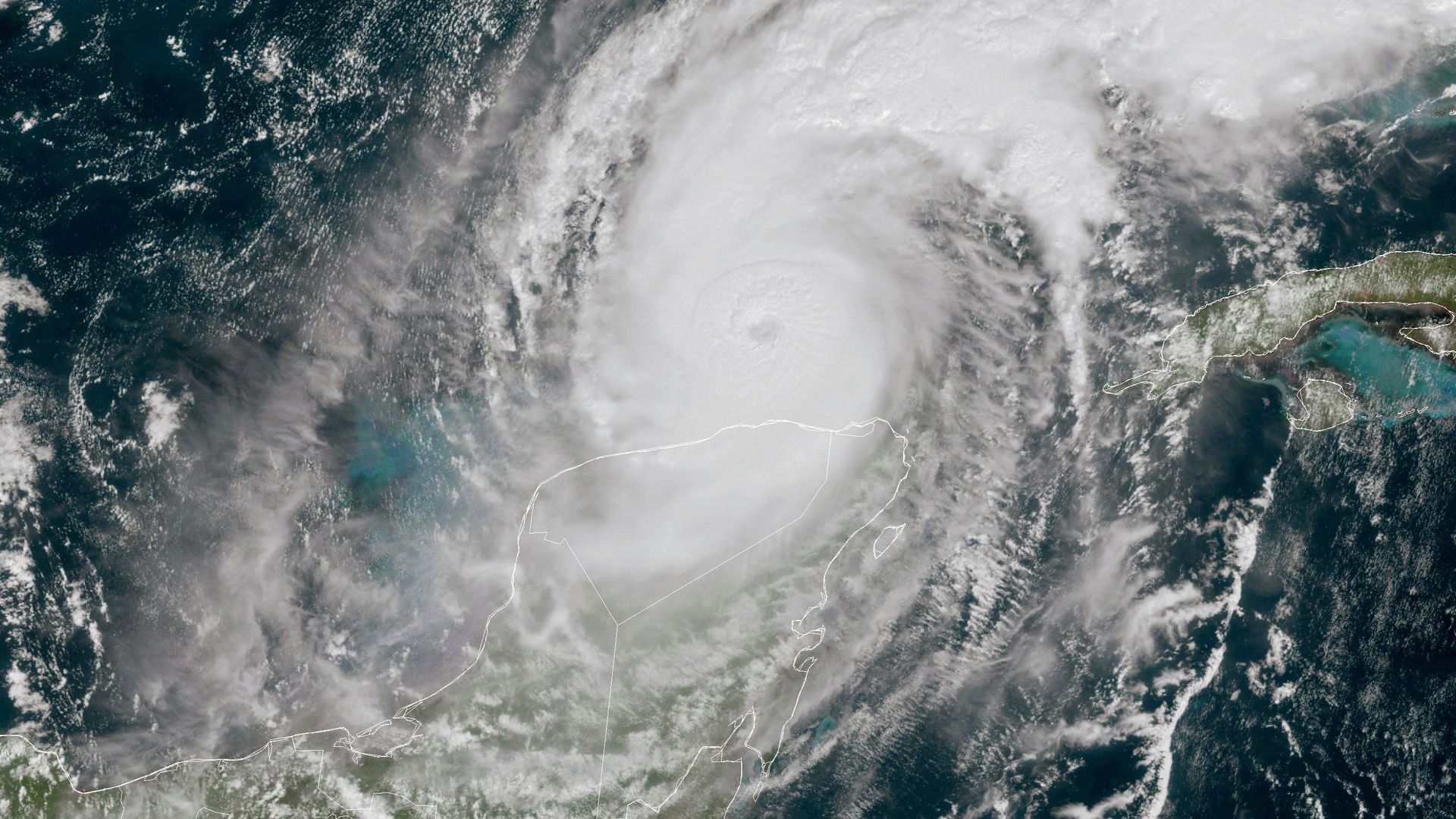
Ray Bogan
FEMA has approximately $11 billion in its disaster relief fund as it responds to Hurricane Milton, the second major hurricane to hit Florida’s gulf coast in three weeks. FEMA Administrator Deanne Criswell is working to assure the public they have enough money for the immediate response.
Deanne Criswell FEMA Administrator: “The biggest tool we have is what we call immediate needs funding, and we keep a reserve within our disaster relief fund to make sure that I can always cover these life saving activities like we’re seeing right now.”
Ray Bogan
Congress gave Criswell the authority to tap into $20 billion from the FY 2025 budget, of which they’ve already spent about $9 billion.
In August, they put approximately $8 billion in spending on previous disasters on hold. They have been using the newly approved funds to both respond to Hurricane Helene and reimburse communities whose projects were paused.
Deanne Criswell: “I have over a hundred open disasters across the United States for recovery, and I need to continue to be able to reimburse these communities for their recovery projects as well as sustain the response that we’re seeing right now.”
Administrator Criswell put in a $9 billion supplemental funding request to Congress earlier this year which she says still stands. After they have a better understanding of how much these recent disasters will cost, FEMA will ask for additional money on top of that.
Criswell says she’s never seen more open disasters than they have right now. She attributes that to a busy tornado season, catastrophic flooding and wildfires in the west.
Deanne Criswell: “This increase in the number of severe weather events. We’re seeing as well as the complexity of many of these events because of the amount of damage that they’re doing is increasing the number of open disasters, because the recovery is more complex, and it takes longer to help reimburse these communities as they rebuild from the weather events that they have experienced.”
Ray Bogan
FEMA is still spending billions of dollars a year on disasters as far back as Hurricane Katrina. Stick with SAN for more reporting on how the federal government is using your taxpayer dollars on rebuilding and preparing for the next storm. Download the SAN app and turn on notifications.











